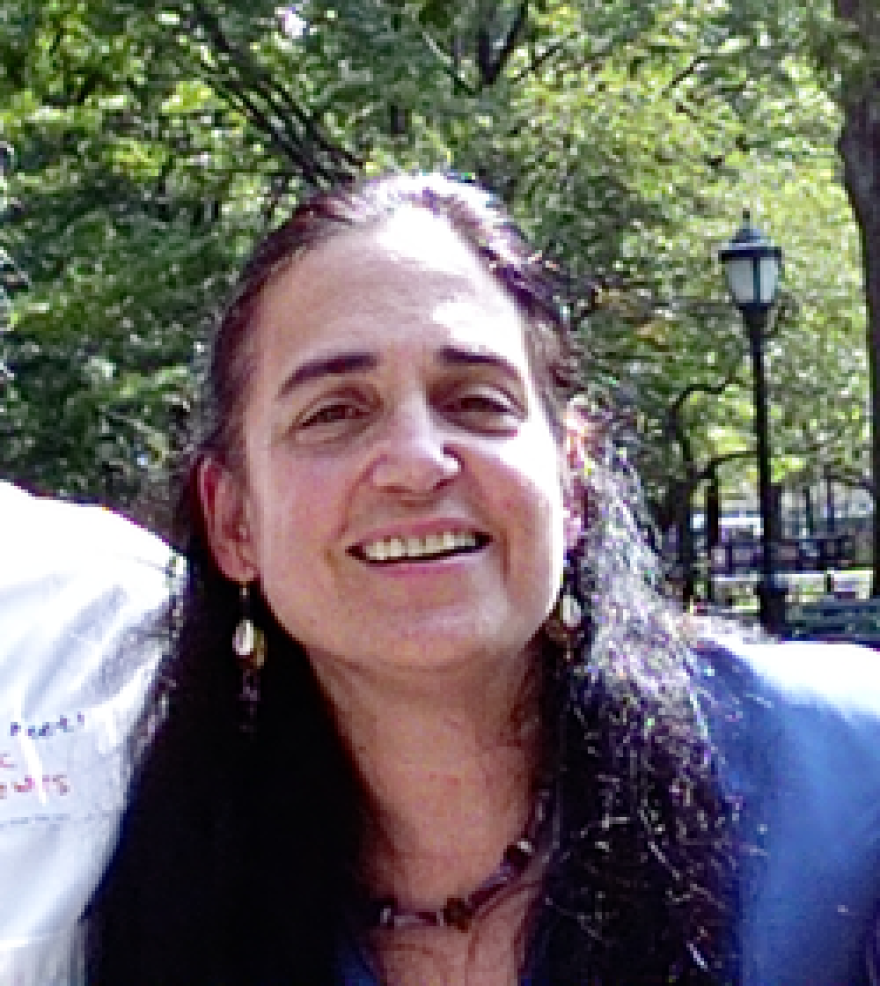Margot Adler's NPR career was just beginning in 1979 when she published her book, Drawing Down the Moon, an exploration of the Pagan community of which she was a member. When she died Monday, she left a long legacy as a reporter, and as an outspoken Wiccan.
Aldler spoke on WNPR's The Colin McEnroe Show in 2011 on a program about being Pagan.She said she was drawn into paganism by her fascination with Greek gods. "I think if I had my choice…I probably would have been a Hellenic Reconstructionist or something like that, and not even a Wiccan at all," she said. "There was very little around. It was very secretive. People just wouldn’t talk. They were afraid of losing their jobs."
At that time, Paganism wasn't well understood. "We were always confused with Satanists," Adler said. She told WNPR that she liked to talk about paganism as something that all of our ancestors took part in thousands of years ago. "They all were in religions that basically were based not on what you believe, but what you do," she said. "What you do to make the crops grow, what you do to help heal someone in your village, or whatever. It was all based on nature. It was all based on seasonal celebrations."
Adler described her own ideas of modern-day Paganism as a "vibrant ecstatic tradition" mixed with intellectual integrity, "so we can go to work in the morning as a scientist or computer programmer, and still dance around a bonfire at night," she said. Listen below to more of her comments:
Adler said that once she was out as a Pagan, there was no turning back. She said that being a Wiccan priestess and an NPR reporter ended up working out "pretty fine," but there were times where she felt discriminated against.
Did I suffer discrimination at NPR? Truthfully? Yes. The truth is that as far as being a reporter, No. They were perfectly fine with me. Sometimes they thought I could cover religion, sometimes they thought I couldn’t. Basically, they allowed me to pretty much be myself. The problem came the few times I applied for host positions. Because if you think about what a host in a news organization is, they’re an eye. They represent the company in the way that Dan Rather represented CBS. Where as a reporter is sort of a he-said she-said, they’re not quite in that same relationship. And people did get scared.
Listen below to more of the interview:
Adler spent much of her career telling colorful stories about life in New York City, where she worked. She told stories like a remembrance of the massive trees in Central Park, felled by super-storm Sandy. In 2006, she worked closely with WNPR on a series called "A Tale of Two Connecticuts," about the divide between affluent Fairfield County and its biggest city, Bridgeport.
"I learned a lot from her reporting style and sound," said John Dankosky, WNPR News Director, who worked with her on the series. "Margot had a curious mind, and understood that her reporting could actually point a way toward things being better in the world."
Adlerdied Monday at her home in New York City, after a battle with cancer. She was 68.





